|
This summer, I spent two weeks in East Africa investigating stories about environmental regeneration. I spent time with the Maasai in Kenya, a grassroots organisation regenerating a refugee camp in Uganda, and a group of people with disabilities creating incredible permaculture gardens in West Uganda, right near the Congo border - we got so close that my phone sent me a text welcoming me to the Democratic Republic. But first, I'd like to tell you about my time with African Biodiversity Network (ABN) in Kenya. I parted ways with the colleague I'd travelled with in Uganda, and went off to Tharaka in Kenya along with Simon from ABN, so that he could introduce me to some of the Indigenous Communities helping ABN find solutions to problems across Africa. The lady in the photo above is called Sabella, and she's an Indigenous Elder in Tharaka, where I was staying. I took this photo of her when she took me to see the sacred site where a megadam is being planned by the Kenyan Government. If this dam is built, thousands of people will be displaced. After I'd interviewed them (Simon translated), the Elders in Tharaka blessed me, putting some of their traditional beads round my neck, and giving me the name 'M'Kenna,' which they said means 'a happy person.' Then I had a swig of their maize gruel, which tasted a little like fizzy porridge. Although we couldn't speak each other's language, I felt so welcomed by the Elders, and so at home. Over the last few weeks I've been locked away in the editing studio, putting together my first audio documentary and can now reveal the first episode of Guardians of Planet Earth. You can listen to episode one on the Lush Player and read the accompanying article on the Lush Times site. I'll be travelling around the world to make more episodes, about the people dedicating their lives to protecting the planet.
2 Comments
The first episode of my new Lush Times series Behind the Headlines has just launched on the Lush Player. I've been wanting to make this documentary ever since I heard about people hosting asylum seekers in their spare rooms. I had so many questions, and I couldn't think of anyone better to ask than Freh and Michelle.
Spending time with Freh has made me realise that when people arrive in the UK, their journey is far from over. This isn't a story that gets nicely wrapped up in a bow at the end, but I'm still in touch with Freh, and I hope one day we can make a follow up - I just hope it's a good news story. A few weeks ago, I was in Turkey for the rose harvest. While seeing vast fields of roses and taking in the perfume was incredible, I wasn't there for the flowers. I was there to meet the Syrian refugees working as rose pickers. They were picking rosa damascena, believed to have originated from the Syrian city of Damascus. How strange, I thought, that the roses made this journey, and now so have the people.
Over the week I was in Turkey, I heard heartbreaking stories of people being forced from their homes and fleeing violence. I met a family who had witnessed a beheading by ISIS - they invited me into their home in the refugee camp for tea. But I was also inspired by the hope and the kindness I witnessed - from the people willing to give up their time to talk to me, and the employers treating refugees in the same way they would treat Turkish nationals. You can read my article on the Lush Times site. I've always been interested in how Indigenous knowledge can help mitigate climate change. So why isn't the world listening?
I'd spoken with Eriel from Indigenous Climate Action (ICA) a few times before, but when I went to Canada last month to meet the women behind this incredible organisation, I really began to understand why Indigenous knowledge can help - because it's a completely different way of interacting with the planet, where nature is respected. This is an organisation supporting Indigenous communities right across Canada. Our visit took us from the Tiny House Warriors, who are building 10 tiny houses to stand up against the Kinder Morgan pipeline expansion, to the Tsleil-Waututh Nation, four hours away from the Tiny House Warriors and yet fighting the same pipeline. I saw only a snippet of what Indigenous communities in Canada (or at least, what is now called Canada) are facing. I saw the most beautiful landscapes I could ever have imagined, as I stood on the edges of frozen lakes, and gripped the steering wheel as I drove up through snowy mountains with avalanche warnings every few hundred yards. But I also saw destruction that made my heart ache - huge oil refineries belching smoke into the air, and a pipeline terminal where a protest camp had formed outside. But mostly, I was incredibly inspired by the women I met. Eriel, who is leading this organisation. Kanahus, who is keeping Indigenous knowledge alive whilst mounting a Tiny House protest, and while her husband is in prison. Ta'ah, an Elder who has been through so much pain herself, and has so much wisdom, and who blessed us when we reached the end of our stay. You can read my full article here, read my field notes piece about the Tiny House Warriors here, or watch the Soapbox film Indigenous Climate Action (I ran the interviews, while it was filmed, edited, and produced by my wonderful colleagues). I've just come back from my first visit to India, where I stayed on site at the Timbaktu Collective. In a drought-prone area in Andhra Pradesh, Southern India, the Collective is regenerating the land, bringing back wildlife, and restructuring the social systems for the people living and working in the area.
I was expecting to see an incredible example of regeneration, and nature all around me. I did see that. As I sat in the back of a flatbed truck bumping along as we drove through the hills, I saw hoopoes, sparrow larks, and peacocks, I was told about the spot where the leopard normally sits, and saw blackbucks (Indian antelopes) hiding in long grass. I met the people who created this, heard how they had planted it by hand, and how they had regenerated their social systems. This is what I was not expecting to see: a 600 acre factory being built, right alongside this land. You can read my article here, or read about social regeneration at Timbaktu here. “When is anyone going to pay attention to what we’re doing?” Guantánamo Bay prisoner and hunger striker Ahmed Rabbani wrote to his lawyer, Clive Stafford Smith. We’re paying attention now Ahmed, and we’re doing it too.
A twenty-four hour hunger strike seems like hell on Earth when your favourite of the deadly sins is gluttony. But twenty-four hours pales in comparison to the 30 days that Ahmed Rabbani and Khalid Qasim have gone without food, as they use the only means at their disposal to peacefully protest their indefinite detention without trial in Guantánamo Bay. When I saw human rights organisation Reprieve’s latest campaign online, I immediately wanted to be involved, in spite of my love affair with cake. Before my stomach could catch on, I’d signed up for a 24 hour fast in solidarity with the four men on long-term hunger strike in Guantánamo. The fast for justice The hunger was uncomfortable, but just about bearable. The pounding headache and complete lack of energy was more difficult to ignore. I followed the rules and drank little and often, avoiding my much loved (and apparently much needed) caffeine. Even after one day of fasting I was losing concentration. After work, I even tried to put my bike in a shed I’d dismantled the week before. I can’t imagine what a whole month of this would feel like. When I woke up the next morning I was hungry, but I thought I could probably go on if I’d wanted to. This is not far from what lawyer and Reprieve founder Clive Stafford-Smith said to me the day after he finished his five-day strike. He told me, “After day three it becomes easy for some people. And that worries me for the prisoners, because they may well get on what Shaker Aamer [more on him later] called the Hunger Strike Highway, and then feel no particular reason to get off it. Ultimately they lose the ability to make rational decisions.” As your body deteriorates with malnourishment, so too does your mind. The Guantánamo hunger strikers Reprieve represents two of the four men currently on hunger strike in Guantánamo. Ahmed Rabbani and Khalid Qasim have been on hunger strike for four years, but everything changed on 20th September 2017. Reprieve says that since then, they have received no medical care and are being left to starve until they are almost, but not quite, dead. Then they will be force fed. By this point they will have irreparable damage to their internal organs. “Before, there was a strict policy. When you had lost 15% of your weight they would force feed you, and they would put you under a very strict medical regime to ensure you didn’t suffer health-wise,” Clive said, going on to describe the horribly unethical practice of force feeding. “This is the worst of all possible worlds.” The real issue is getting a fair trial for the prisoners who have never even been charged with anything. This is not to mention the ‘enhanced interrogation techniques,’ what you or I might call torture. But in the meantime, Reprieve is aiming to get proper medical care for those on hunger strike. With over 500 days of solidarity hunger strikes now pledged, can Ahmed and Khalid be persuaded to pause their own hunger strike, as people across the world take it on for them? Whether they do or not, Clive says they have been moved by the suggestion. When Reprieve talked to Khalid, he said that it meant so much to him, because he no longer felt so stranded and alone. He is immensely grateful to everyone. Reprieve will be collecting together all the blogs that are written about the Fast for Justice, and sharing them with Ahmed and Khalid. So if you’re reading now, please know that you are not forgotten. In solidarity As I’m writing, 524 days of Fast for Justice hunger strikes have been pledged. I was around number 400 on Tuesday afternoon. One of those people fasting in solidarity with Ahmed and Khalid is deputy leader of the Labour Party, Tom Watson. He told me, “They [Ahmed and Khalid] are two of the most powerless people in the world and the only way they felt able to exert some control over their lives was to refuse food. They’ve been force fed by prison guards, a cruel enough punishment in itself. But the Trump administration recently decided to stop doing that, which means they are facing a very slow and painful death.” He, like myself and many of the other hunger strikers, wants to bring this injustice to the world’s attention. Fasting for change I promised to get back to Shaker Aamer. Over the phone, he gave Clive Stafford Smith instructions on how to complete a successful hunger strike, and get on the Hunger Strike Highway. I won’t go into detail, but it involves prunes. Shaker Aamer was in Guantánamo Bay for 13 years, during which he went on hunger strike many times, and there were solidarity strikes around the world. He was released in 2015. This is a symbol that there is hope, and there is always hope. Wrapped up in my own fast for 24 hours it might not feel like it’s changing the world, but if I tell everyone I know why I’m doing it, and they tell someone else, maybe there’ll come a time when people simply won’t stand for it anymore. I went on hunger strike for a day because I absolutely, unequivocally, believe in the right to a fair trial for everyone. Whatever they may or may not have done. I hope that I’ll never be in a situation like Ahmed and Khalid, where the only option I have left is to put my body on the line. But if I were, I would hope that 524 people would pledge to join me in solidarity. Read more about Reprieve, on Lush Times. |
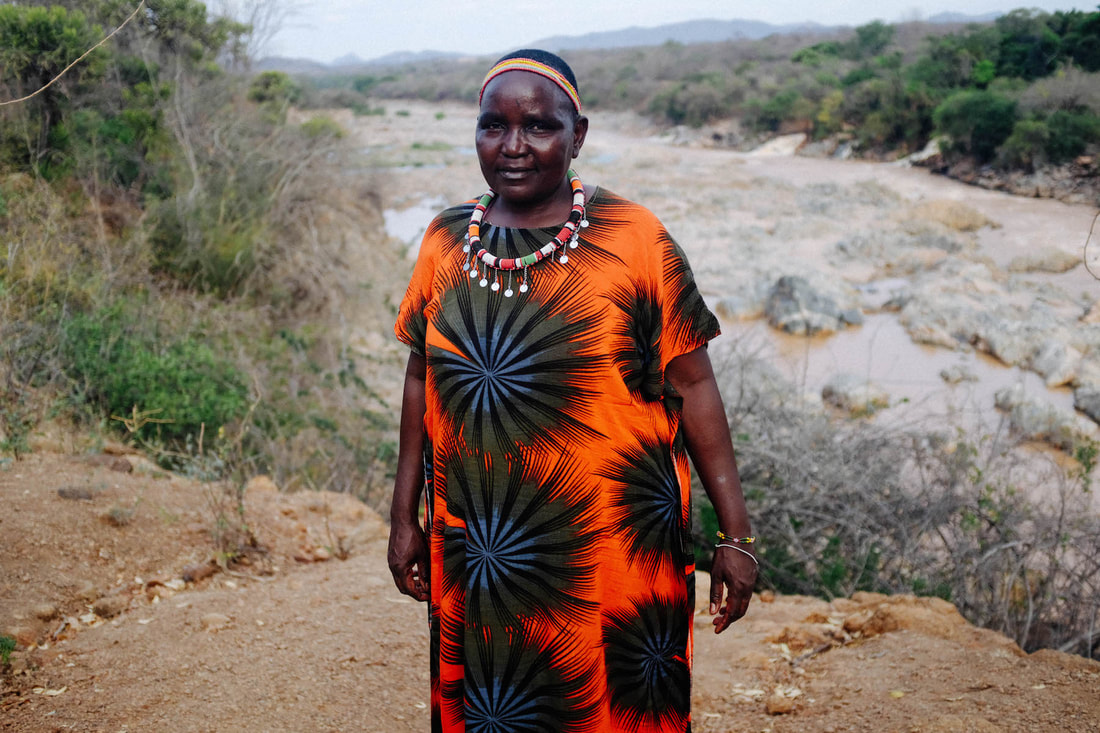
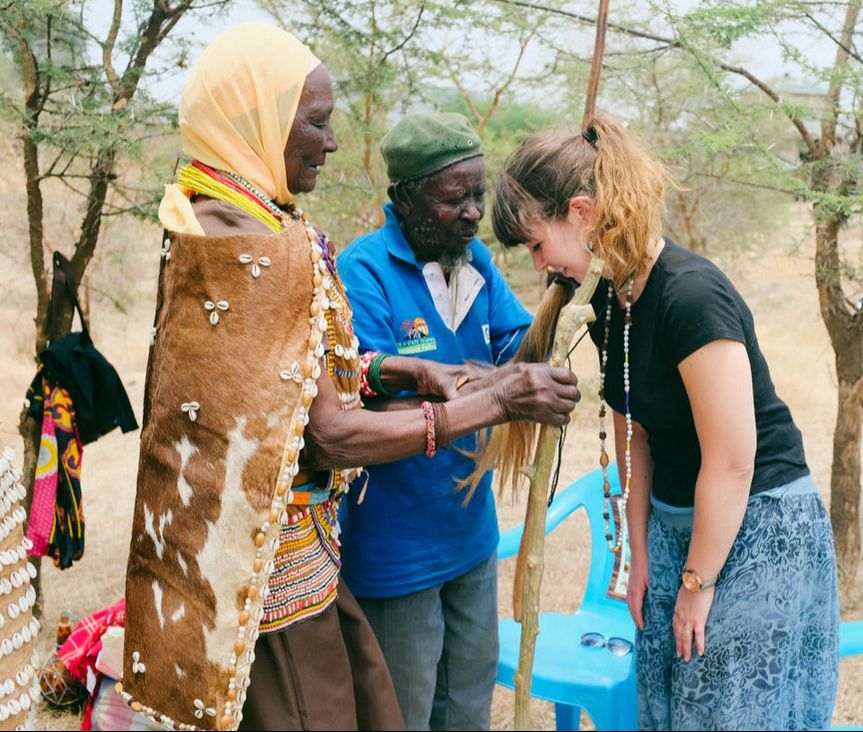
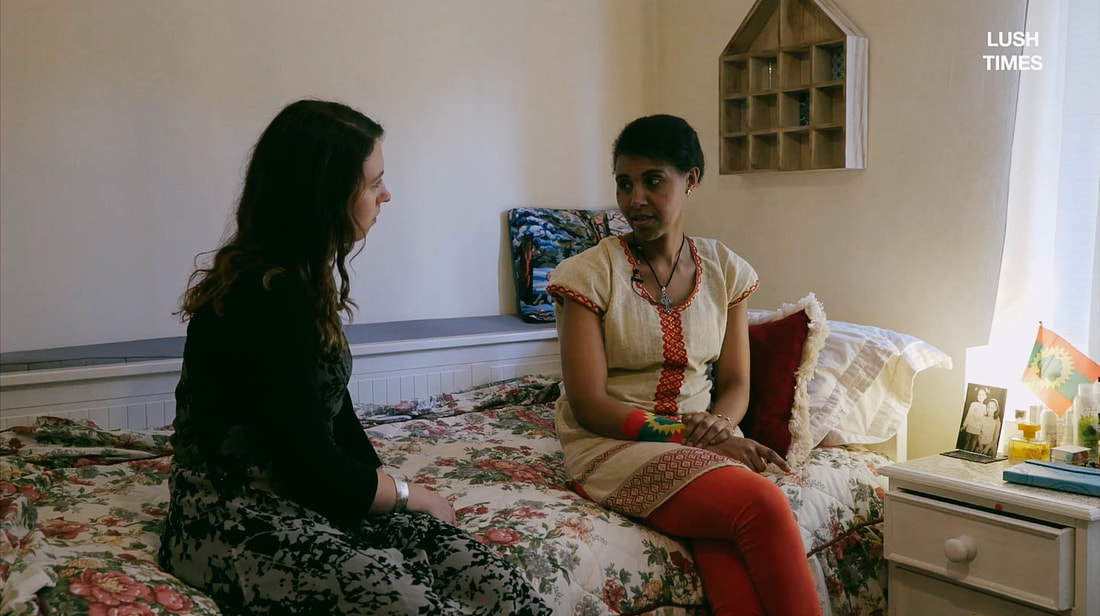
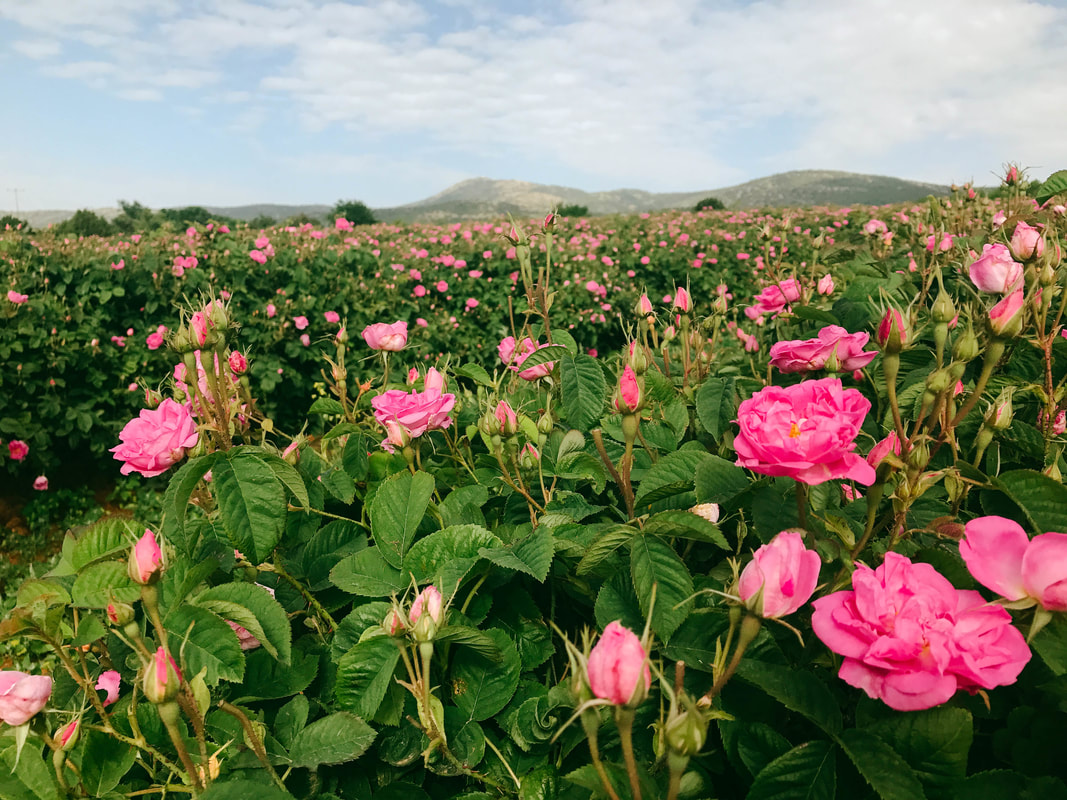

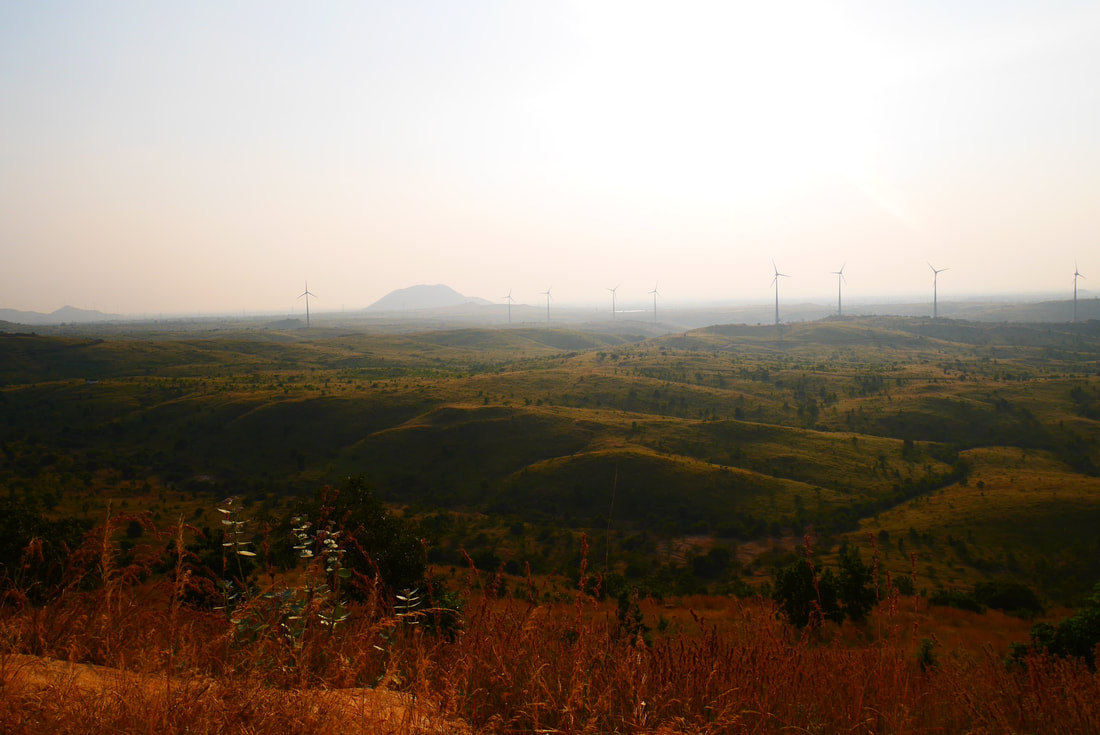
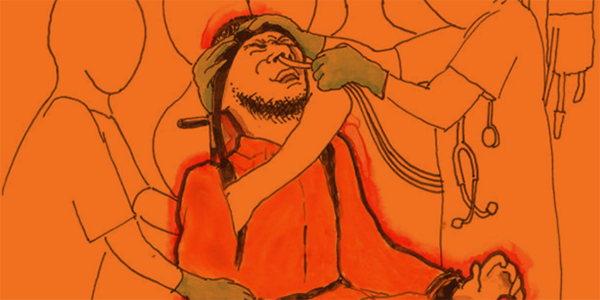
 RSS Feed
RSS Feed